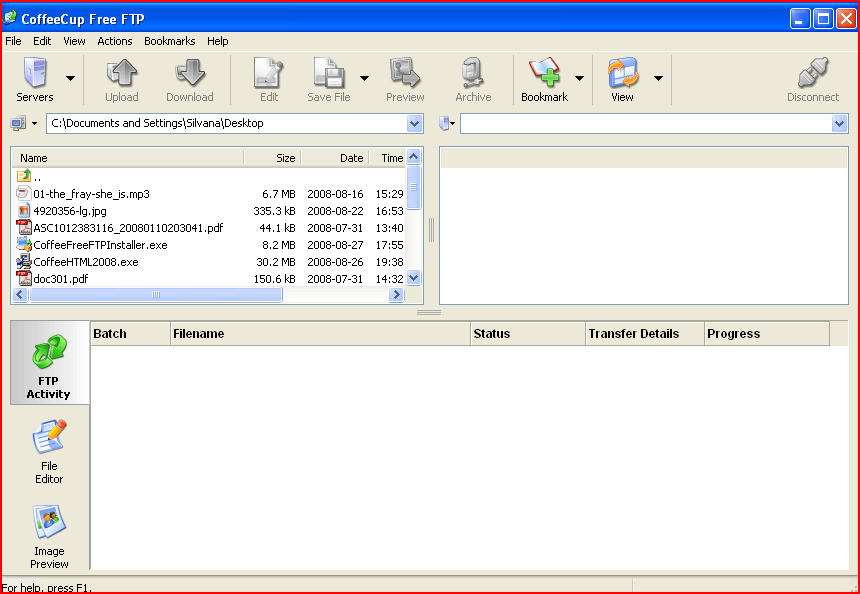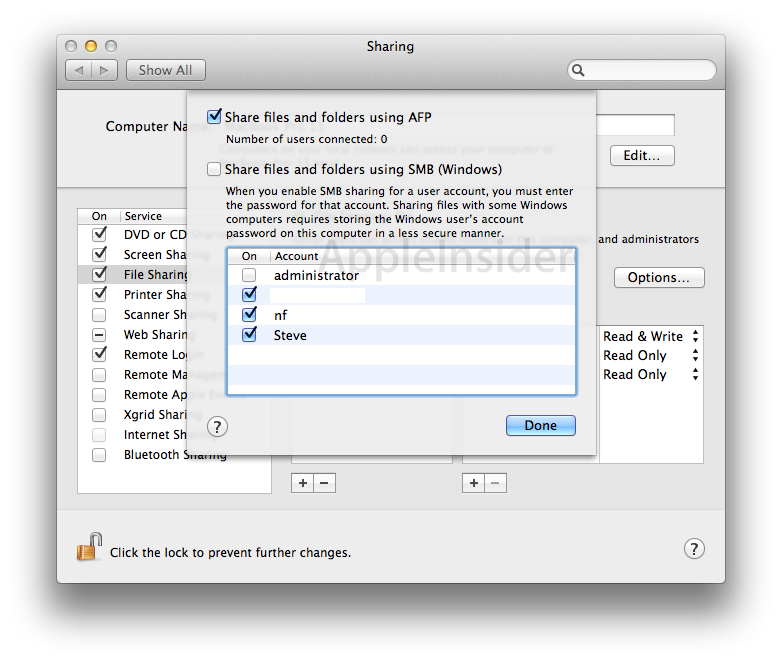

When finished, verify that IIS displays four new virtual directories. You can delete the E:\Portal\PortalFiles\Output, but move the profiles.xml to the physical location of the Output file.

It contains a subfolder for each report set. The output folder can be located anywhere and can be named anything. Physical location of the directory in which Report Server saves the output for your report sets. The virtual directory that you created appears under the Default Web Site.Īdd the following virtual directories under the virtual directory that you just created.

Right-click Default Web Site and select Add Virtual Directory.įor the physical path, enter E:\Portal\PortalASP. Select Local Machine > Sites > Default Web Site. Start > Administrative Tools > Internet Information Services (IIS) Manager. On the machine where Report Portal is installed, start the IIS Manager: Make sure whatever user account is being used to run the Application Pools also has Modify access to the E:\Portal\data\users.mdb and the C:\Windows\Temp\ folders. If you do not see the IIS Web User listed or do not have the ability to add the IIS Web User to the list, simply give the Users group the Modify access. You can change that by right-clicking on the users.mdb file and under Properties, go to the Security tab. Make sure the IIS Web user has Modify access to the E:\Portal\data\users.mdb file. Make sure that ASP and ASP.Net components are installed for IIS 7.0 or higher. Steps to map the Report Portal to a virtual directory (IIS 7.0 or higher).Ĭurrently, most Managed Service clients have servers with the Windows Server 2008 operating system and the IIS 7.0 or higher web server. Read more about Data Workbench’s End-of-life announcement.


 0 kommentar(er)
0 kommentar(er)
